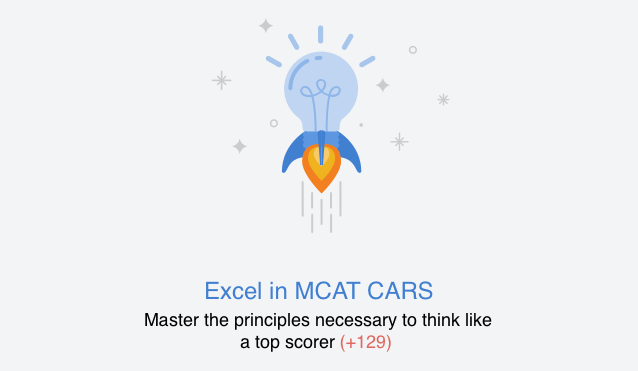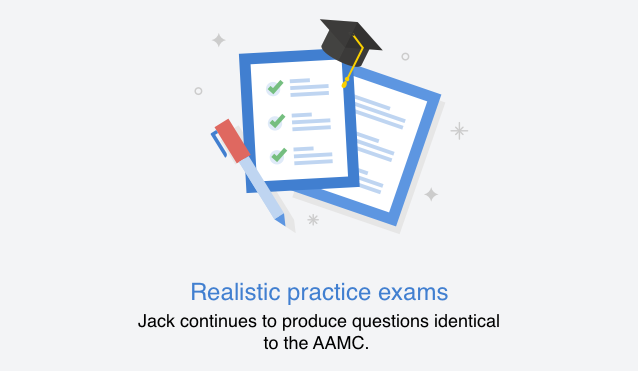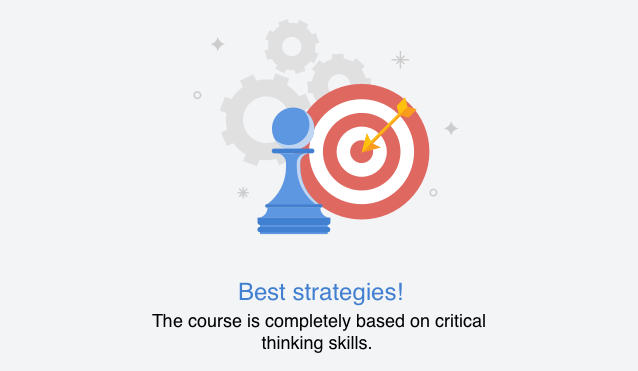Medical School Application Checklist 2025
Applying to medical school in 2025 is more competitive than ever. With over 60,000 applicants each year but fewer than 23,000 matriculants, the journey requires academic excellence, strategic planning, and flawless execution. From GPA and MCAT prep to crafting an unforgettable personal statement and preparing for interviews, every detail matters.
This 2025 Medical School Application Checklist breaks down the 10 most critical requirements so you can stay organized, competitive, and confident.
Application Timeline & Key Stats (2025)
- Average GPA for matriculants: ~3.84 (science GPA ~3.75)
- Average MCAT score for accepted students: ~513; top-tier schools: 517+.
- Acceptance rate: ~42% of applicants accepted to at least one MD program.
- Cost of attendance (4 years): ~$240K–$390K depending on public vs. private schools.
⚠️ Rolling admissions tip: The earlier you apply, the better your chances. Submitting late drastically reduces interview invites.
Step 1: Academic Requirements (GPA)
Your GPA is the foundation of your application:
- Target GPA: Aim for a 3.7+ overall GPA; the 2025 accepted average is 3.84.
- Science GPA matters more: Medical schools closely examine biology, chemistry, physics, and math courses (BCPM GPA).
🔑 Pro Tip: Even if your GPA is slightly below average, a strong MCAT score, meaningful extracurriculars, or research experience can help balance your application. Schools review holistically.
Read More: Average GPA and MCAT Score for Every Medical School: A 2025 Update
Step 2: MCAT Preparation
The MCAT is your academic equalizer. In 2025:
- Competitive score: ~513 overall; top schools: 517+.
- Sections: 4 parts (118–132 points each).
- Timeline: Start studying 6–8 months in advance, take at least 3 full-length AAMC practice exams, and build stamina.
📚 Resources:
Step 3: Prerequisite Courses
Most schools require the following by 2025:
- Biology: 2 semesters (with labs)
- General Chemistry: 2 semesters (with labs)
- Organic Chemistry: 2 semesters (with labs)
- Physics: 2 semesters (with labs)
- Math: At least 1 semester of Calculus or Statistics
Some schools also recommend Biochemistry, Psychology, and Sociology since they are tested on the MCAT.
Read More: What Are Pre-Med Requirements?
Step 4: Research & Academic Enhancement
Research experience demonstrates intellectual curiosity and problem-solving:
- Bench or lab research
- Clinical research
- Social science/public health studies
💡 A publication isn’t required but is a major differentiator. Highlight skills gained (data analysis, teamwork, problem-solving) even if unrelated to medicine.
Step 5: Extracurriculars & Clinical Experience
Admissions committees expect real-world healthcare exposure:
- Clinical Experience: Volunteering at hospitals, shadowing physicians, EMT/CNA work, or medical scribing.
- Community Service: Ongoing, meaningful service shows compassion and commitment to underserved populations.
- Leadership: Roles in student orgs, mentoring, or outreach projects demonstrate initiative.
👉 Read More: Importance of Extracurricular Activities for Med School
Step 6: Letters of Recommendation
You’ll typically need:
- 2 science faculty letters
- 1 non-science faculty letter
- Optional: Physician, PI, or community leader
🎯 Tips for Strong Letters:
- Ask early (spring semester).
- Provide your recommenders with your resume + personal statement draft.
- Choose people who can describe your character, resilience, and growth—not just grades.
Read More: Everything You Need to Know About Medical School Recommendation Letters
Step 7: Personal Statement
Your personal statement should:
- Tell your story of “Why medicine?”
- Include specific, memorable anecdotes (not clichés).
- Demonstrate growth, motivation, and authenticity.
Read More: How to Write a Perfect Medical School Personal Statement: A Complete Guide
Step 8: Secondary Applications
- Sent 2–4 weeks after your AMCAS is verified (typically late June).
- Turn them around within 2 weeks for best results.
- Essays often include: “Why this school?”, diversity statements, and adversity essays.
👉 Read More: Complete Guide to Secondary Applications
Step 9: Application Costs & Financial Planning
- Average tuition (2025): ~$59,600/year (public lower, private higher).
- Total 4-year cost: $240K–$390K, excluding living expenses.
- Student debt average: ~$212K.
Funding options:
- AAMC Fee Assistance Program
- Federal Direct Loans ($50K/year cap as of 2025)
- Private loans/scholarships
👉 Read More: Medical School Costs & Debt Explained
Step 10: Interview Preparation
Interview formats in 2025:
- Traditional 1:1
- MMI (Multiple Mini Interviews)
- Group or Case-based Interviews
Preparation:
- Research school’s mission & curriculum.
- Practice behavioral and ethical questions.
- Use mock interviews with mentors or advisors.
Read More: 50 Common Medical School Interview Questions
Conclusion
The 2025 medical school application process is fiercely competitive but manageable with the right strategy. Stay ahead by:
- Maintaining strong academics (GPA + MCAT)
- Gaining meaningful clinical and research experience
- Crafting compelling essays tailored to each school
- Budgeting for costs and planning finances early
- Preparing thoroughly for interviews
At Jack Westin, we offer MCAT tutoring, admissions consulting, and free weekly strategy sessions to help you stand out.
👉 Start your journey today with Jack Westin’s Free Sessions.
As you move on from pre-med to the application process, this checklist was created with you in mind to be a vital resource helping you maintain your success and align with your dream of becoming a doctor.
It is natural for this journey to be rough at times, but you are not traveling alone. As a suggestion, getting involved with a competent private tutoring service by Jack Westin is the solution.
During this challenging time, we offer advice based on each individual’s needs, which will help maximize your chances of success in the medical school application process.









